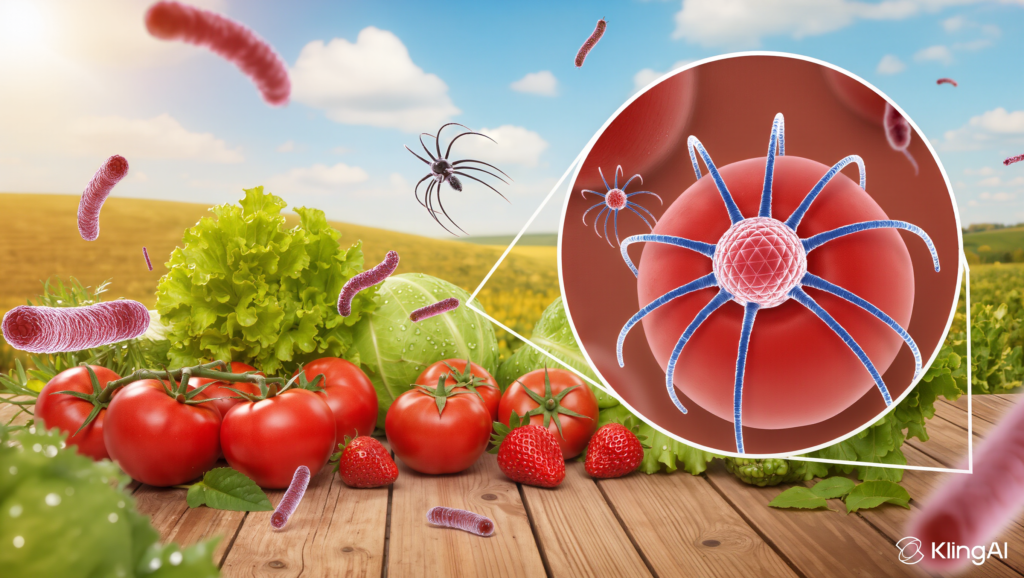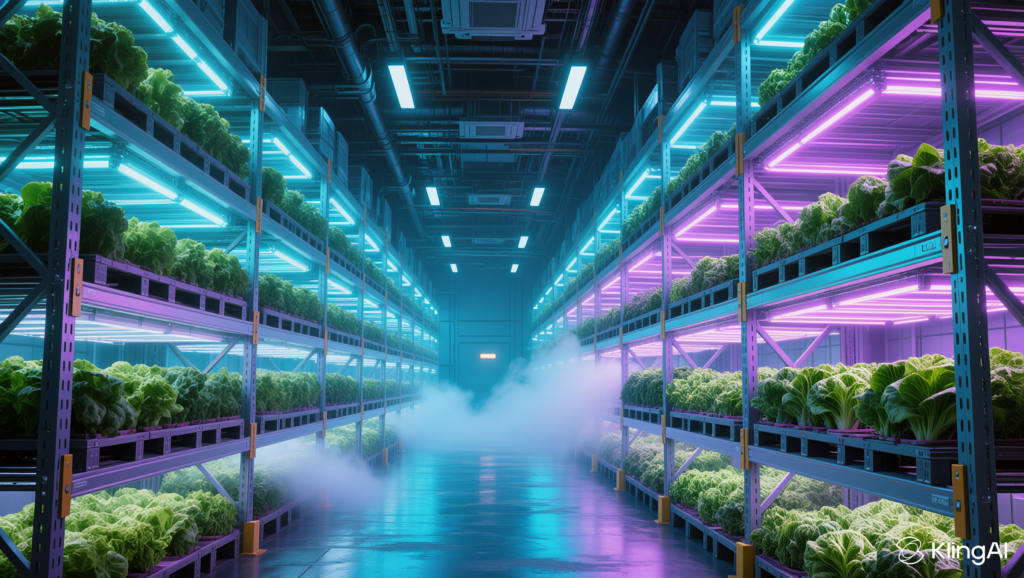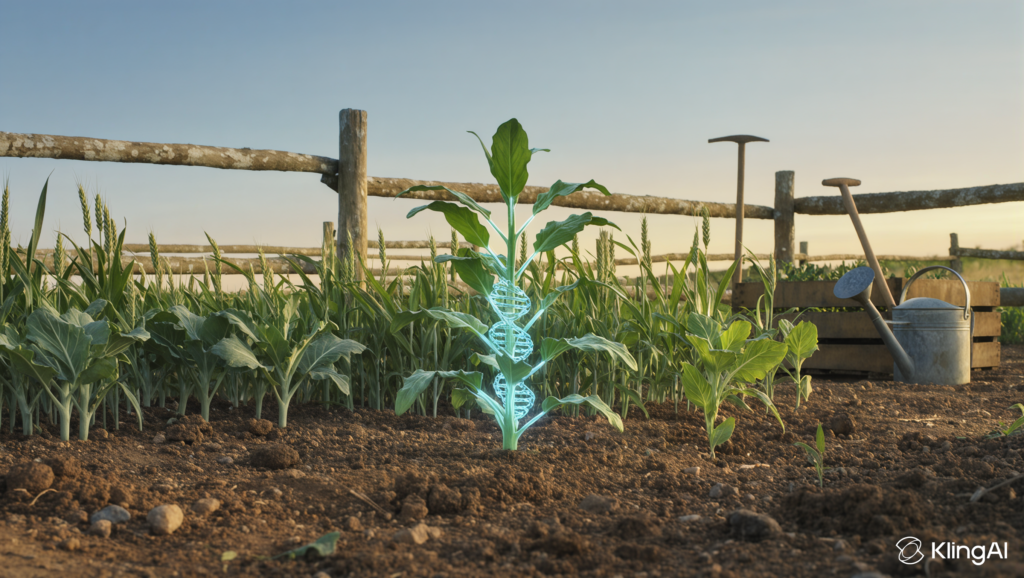Kale: the darling of green smoothies, the king of superfood salads, and the poster child for healthy eating everywhere. You’ve massaged it, baked it, blitzed it, and probably boasted about it on Instagram. But can this leafy green overachiever actually be too good for you? Is there such a thing as kale overload? And what’s the real deal with oxalates, kidney stones, and all those scary headlines? Buckle up, kale fans—let’s dig into the science, bust some myths, and find out how much kale is too much!
Kale’s Superfood Status: Why We Love It
Let’s start with the good stuff. Kale is a nutritional powerhouse, packing a punch of vitamins, minerals, fiber, and antioxidants for just 35 calories per cup. It’s loaded with vitamins C and K, beta carotene, calcium, potassium, and magnesium. Plus, it’s a great plant-based source of iron and fiber. Research even suggests that the phytochemicals in kale may help inhibit cancer cell growth.
No wonder kale has become the go-to green for health enthusiasts. But as with any food, moderation is key—even with the mighty kale.
The Oxalate Paradox: Should You Worry?
Now for the controversy: oxalates. If you’ve spent any time in health forums, you’ve probably seen warnings that kale (and other leafy greens) are high in oxalates, which can supposedly increase your risk of kidney stones and mess with your calcium absorption. But is kale really the villain here?
What Are Oxalates, Anyway?
Oxalates (or oxalic acid) are natural compounds found in many plants. In the body, oxalates can bind with calcium to form crystals, which are usually excreted in urine. For most people, this isn’t a problem. However, in some individuals—especially those prone to kidney stones—high oxalate intake can contribute to stone formation.
How Much Oxalate Is in Kale?
Here’s the plot twist: kale is actually low in oxalates compared to other greens like spinach, Swiss chard, or beet greens. For context, a 100-gram serving of kale contains just 17 mg of oxalate, while spinach can have hundreds of milligrams in the same amount. You’d have to eat a mountain of kale—think 125 cups at once!—to reach the oxalate levels that might cause trouble for most people.
So, if you’re worried about kidney stones, kale is a much safer bet than high-oxalate greens. In fact, Dr. Fredric Coe, a kidney specialist at the University of Chicago, says, “It’s about impossible to eat enough kale to cause kidney stones”.
What Happens If You Eat Too Much Kale?
Okay, so oxalates aren’t the big bad wolf for kale lovers. But can you have too much of a good thing? The answer: yes, but you’d have to go pretty wild with your kale consumption.
Digestive Drama: Too Much Fiber
Kale is high in fiber, especially insoluble fiber, which is great for digestion—up to a point. Overdo it, and you might experience bloating, gas, diarrhea, or constipation. If you have a sensitive gut or conditions like IBS, you might want to go easy on the kale. Remember: more isn’t always better!
Crowding Out Other Nutrients
If you’re eating kale by the bucketful, you might be missing out on other important nutrients from a varied diet. “Kale is awesome, but definitely switch up your greens,” says registered dietitian Lauren Manganiello1. Eating a rainbow of veggies ensures you get a broader range of vitamins, minerals, and phytochemicals.
Thyroid Concerns: Goitrogens in Raw Kale
Raw kale (and other cruciferous veggies) contains compounds called goitrogens, specifically goitrins, which can interfere with thyroid function by blocking iodine uptake. This is mostly a concern for people with pre-existing thyroid issues or iodine deficiency—and only if you’re eating huge amounts of raw kale daily (think over 2 pounds a day for months. For the average person, moderate kale consumption is unlikely to cause thyroid problems.
Pro tip: Cooking kale deactivates most goitrogens, so if you’re worried about your thyroid, steam or sauté your greens
Heavy Metal Hype: Should You Panic?
You might have seen headlines about kale “soaking up” heavy metals like thallium and lead from the soil. While it’s true that kale (like many crops) can absorb trace amounts of metals, you’d have to eat absurd quantities to reach toxic levels. Still, it’s smart to buy your greens from reputable sources and wash them well.
The Science on Oxalates, Kale, and Calcium
: The Balancing Act
Oxalates can bind to calcium in your gut, reducing calcium absorption. But here’s the twist: pairing kale (or any oxalate-containing food) with calcium-rich foods actually helps your body excrete oxalates safely. So, adding a sprinkle of cheese or a splash of almond milk to your kale salad isn’t just tasty—it’s smart nutrition!
Cooking Lowers Oxalate Content
Boiling or steaming kale can reduce its oxalate content even further, making it even less of a concern for kidney stone risk. Just remember to drain off the cooking water, since that’s where the oxalates go.
How Much Kale Is Safe to Eat?
So, how much kale is “too much”? Most experts recommend sticking to 1-2 servings per day (about 1-2 cups raw or ½-1 cup cooked). This gives you all the benefits without overloading your gut or crowding out other nutrients.
And don’t forget: variety is key! Rotate your greens—mix in spinach, arugula, bok choy, and romaine—to keep your diet balanced and your taste buds happy.
The Bottom Line: Kale Is (Still) Awesome—In Moderation
Let’s recap the kale paradox:
- Kale is low in oxalates, making it a safe choice for most people—even those concerned about kidney stones.
- Too much kale can cause digestive issues, especially if you overdo the fiber.
- Raw kale contains goitrogens, but only excessive amounts are likely to affect thyroid function—and cooking neutralizes most goitrogens
- Pairing kale with calcium-rich foods helps block oxalate absorption and supports bone health.
- Cooking kale lowers oxalate content even more, making it even safer for sensitive folks.
The real risk? Eating so much kale that you miss out on the variety and balance your body craves. So, go ahead—enjoy your kale salads, smoothies, and chips. Just remember to mix it up, cook it sometimes, and savor the rainbow of veggies nature has to offer.
Tips for Enjoying Kale the Smart Way
- Stick to 1-2 servings per day. That’s plenty for most people.
- Rotate your greens. Don’t let kale crowd out other nutritious veggies.
- Cook your kale (steam, sauté, or boil) to reduce oxalates and goitrogens, especially if you have thyroid concerns or a history of kidney stones.
- Pair with calcium-rich foods like cheese, yogurt, or fortified plant milks to help block oxalate absorption.
- Drink plenty of water. This helps flush out oxalates and supports kidney health.
- Buy from trusted sources and wash thoroughly to reduce any risk of heavy metals.
- Listen to your body. If kale upsets your stomach, try smaller portions or switch to other greens.
Fun Kale Facts (Because Why Not?)
- Kale was once used as a garnish in pizza shops before it became a superfood superstar.
- There’s a National Kale Day (first Wednesday in October)!
- Thomas Jefferson grew kale at Monticello in the early 1800s—talk about a trendsetter.
Final Thoughts
Kale is a nutritional MVP, but it’s not invincible. The oxalate paradox isn’t really a paradox at all: kale is low in oxalates, and for most people, the benefits far outweigh any risks. So, keep enjoying your kale—but don’t forget to invite its veggie friends to the party. Your body (and your taste buds) will thank you!
To watch a video Explanations of this and other topics follow us on Youtube, Tiktok, Instagram, Pintrest, Twitter,








